The purpose of this blog post is to explore how Prohibition in the United States changed whisky production and consumption. This post will look at the history of whiskey before Prohibition, its effects on production and consumption, as well as the revival of the industry after Prohibition was repealed. We'll also discuss different types of whiskey and innovative distilling practices that have developed since then. By understanding these changes, we can gain insight into how laws can shape an industry and draw lessons from our past for a better future.
History of Whiskey
The history of whiskey dates back centuries, with the spirit having its roots in Scotland and Ireland. Distillation techniques were brought to North America by early Scots-Irish immigrants, and the production of whiskey quickly spread throughout the colonies. By 1900, many small distilleries had sprung up across the United States, producing a variety of styles including bourbon, rye, corn and grain whiskeys.
Production methods varied from region to region as different climates produced unique flavors. The development of a quality control system helped ensure that only high-quality spirits were being produced for consumption. This quality assurance was especially important in terms of bourbon whiskey which required specific aging processes at certain times in order to produce an excellent flavor profile.
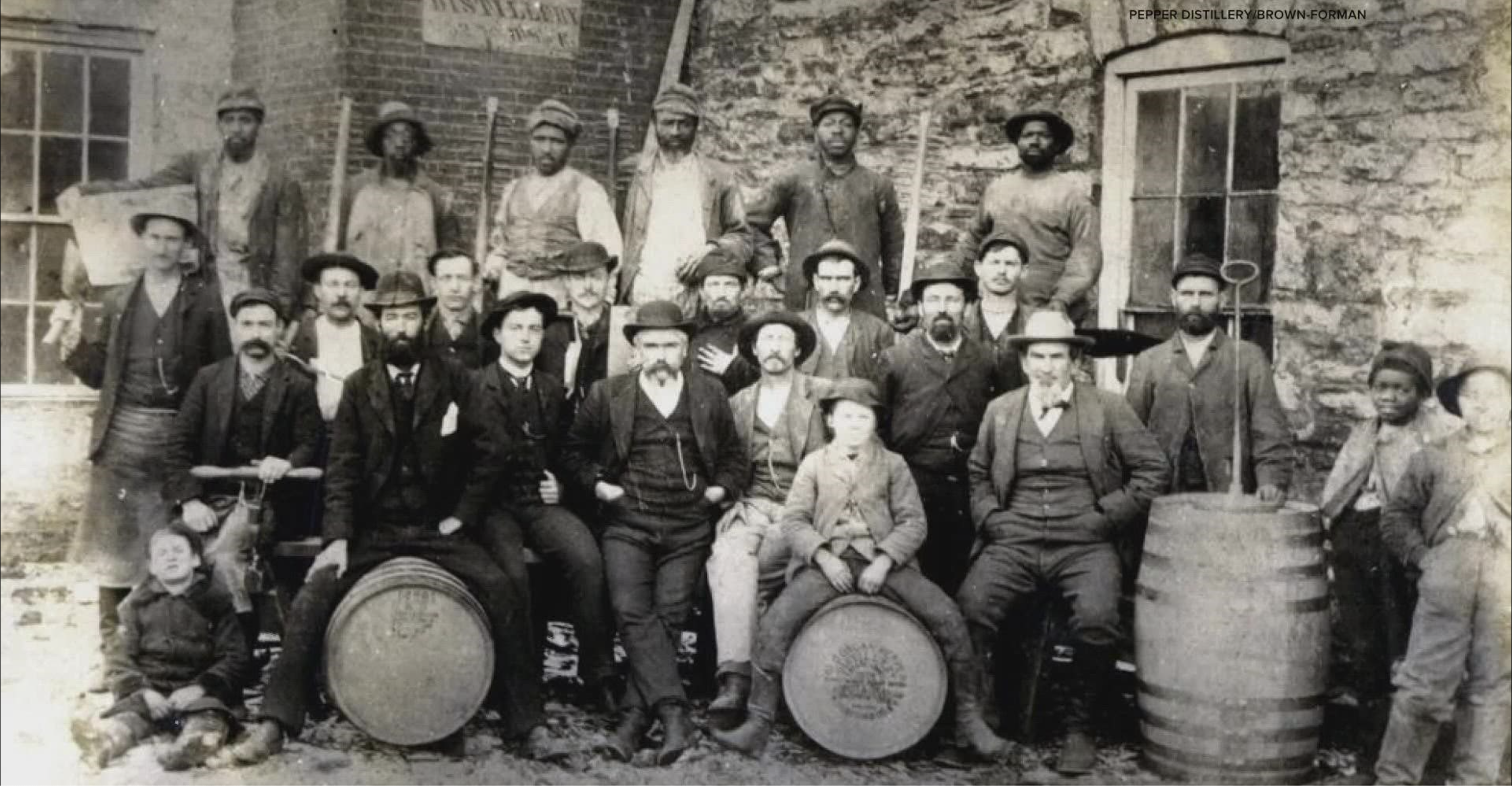
At the turn of the century, whisky production was booming with sales reaching nearly fifty million gallons annually before Prohibition began in
During this time Americans consumed large amounts of whisky on a regular basis both legally through saloons and illegally through bootlegging operations run by organized crime gangs such as Al Capone's Chicago Outfit or Charles "Lucky" Luciano's New York gangsters.
Whisky producers quickly felt the effects when prohibition laws forced them out business overnight; however some managed to survive by providing industrial alcohol for medicinal uses or converting their businesses into other industries such as vinegar production or trucking services – although these efforts did not make up for lost revenue due to Prohibition’s impact on consumer demand for alcoholic beverages
Effects of Prohibition
The effects of Prohibition on whiskey production and consumption were devastating. When the 18th Amendment was ratified in 1920, it immediately outlawed the sale, manufacture, and transportation of alcohol for “beverage purposes” throughout the United States. This meant that all distilleries across the country had to close their doors and many could not afford to reopen after Prohibition ended in
As a result of this decrease in production capacity, prices for whiskey skyrocketed as demand far outstripped supply during this period. Those who still wanted to consume whisky had no other option than to turn towards illegal means such as bootlegging or home-brewing operations run by organized crime syndicates like Al Capone's Chicago Outfit or Lucky Luciano's New York gangsters. These illicit activities helped fuel an underground economy which resulted in increased violence associated with alcohol-related crimes since there was little regulation over what type of liquor people were consuming.
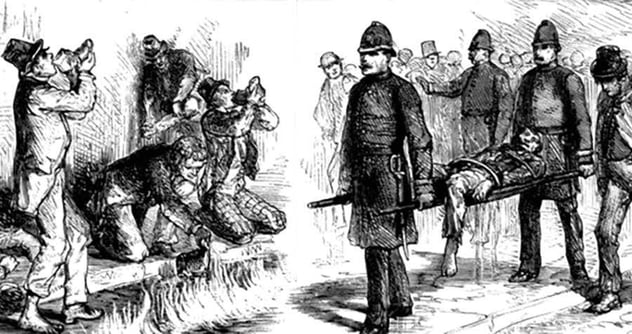
Whiskey producers also faced many challenges related to finding new sources of grain due to rising costs associated with farming as well as high taxes imposed on domestically grown grains by foreign countries during World War I. This forced some distillers into using cheaper but inferior ingredients from abroad which adversely affected the quality and flavor profile of whiskeys produced during this time period.
Fortunately, once Prohibition ended in 1933 these problems began to slowly dissipate as states began introducing regulations governing how whiskey should be made and sold again – helping ensure that only top quality spirits were being consumed by consumers while protecting them against frauds coming from unscrupulous producers trying capitalize on consumer ignorance about what constituted good whisky at that time
The Revival of the Industry
Following the repeal of Prohibition in 1933, legal production of whisky began again. The industry quickly grew as more distilleries reopened their doors and laws were introduced to help ensure that only high-quality spirits were being produced for consumption. In addition, advances in technology allowed producers to create new styles of whiskey such as blended whiskeys and flavored varieties like spiced or honeyed whiskies.
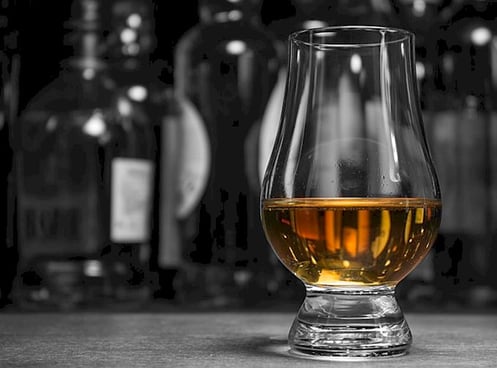
The increased demand for whisky also gave rise to innovative distilling practices such as aging whiskey in charred oak barrels which not only imparted a unique flavor profile but also helped preserve the spirit over time. This practice became so popular that it is now used by most distillers around the world today and has become an essential part of creating quality whiskeys.
In recent years, there has been a resurgence of craft or micro-distilleries producing small batches with complex flavor profiles unlike anything seen before. These artisanal offerings often use local ingredients to create distinctive flavors not found in mass-produced whiskies while paying homage to traditional methods developed centuries ago by early settlers across North America.
The revival of the Whiskey industry following Prohibition demonstrates how regulations can shape an entire industry and have lasting effects on its development over time. Through understanding this history, we can draw valuable lessons from our past about how laws can affect businesses both positively and negatively – offering us insight into how we should approach regulation for better outcomes moving forward into a brighter future
Distilling Practices
The different types of whiskey produced throughout the world vary greatly in terms of their ingredients and production methods. American whiskeys such as bourbon, rye, and Tennessee whiskies are made from a mash bill that must contain at least 51% corn. Meanwhile, Irish whisky is uniquely distilled three times using malted barley while Scotch whisky requires the use of malted barley to create its signature smoky flavor.
Innovative distillation practices have been developed over time in order to produce unique flavors and profiles for each type of whiskey. For instance, bourbon is aged in charred oak barrels which impart a sweet caramelized flavor whereas Scotch whisky has traditionally been double or triple-distilled with peat smoke used to dry out the grains before fermentation – giving it its trademark smoky taste. While these traditional methods remain popular today there are also new techniques emerging such as aging whiskeys in wine casks or experimenting with adding botanicals like herbs or spices into mashes for added complexity.
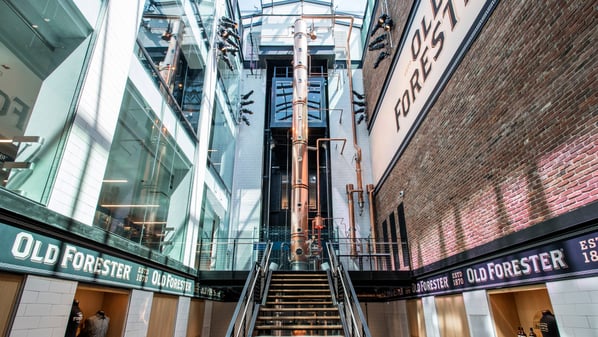
No matter what kind of whiskey you enjoy, one thing all connoisseurs can agree on is that distilling practices play an integral part in determining the overall quality and character of any spirit produced. By understanding how different styles are made along with some innovative practices being used by craft distilleries around the world we can gain insight into why certain brands stand out from others – offering us a greater appreciation for this classic beverage no matter where it’s from!
Conclusion
In conclusion, the Whiskey industry was drastically affected by Prohibition in 1920 and the effects were felt for many years after it ended. The sudden decrease in production capacity led to an increase in prices as demand outstripped supply while poor quality ingredients from abroad meant that consumers were not getting a good product. It took time for distilleries to recover and innovate new methods of production such as aging whiskey in charred oak barrels or using peat smoke during fermentation, but eventually they did. This experience can teach us valuable lessons about how laws can shape an entire industry – both positively and negatively – depending on how they are implemented. By understanding this history we can better appreciate why certain brands stand out from others while also gaining insight into how regulation should be approached moving forward to ensure businesses have the best chance of success.
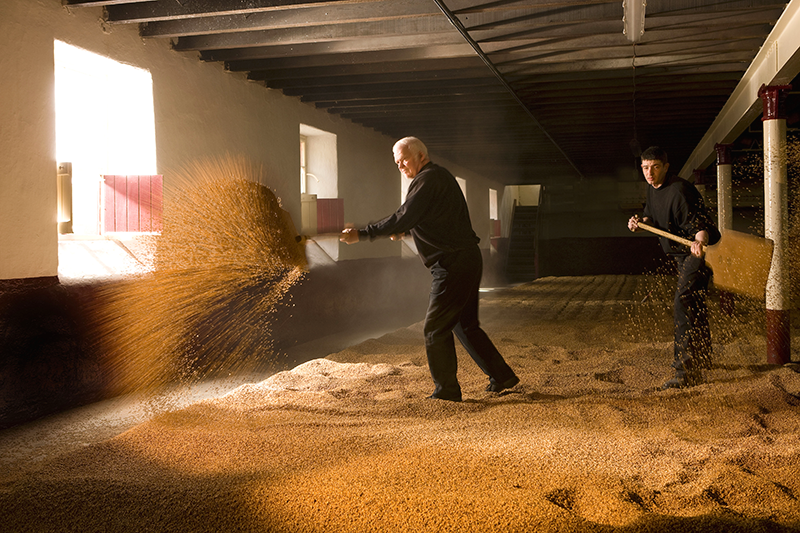

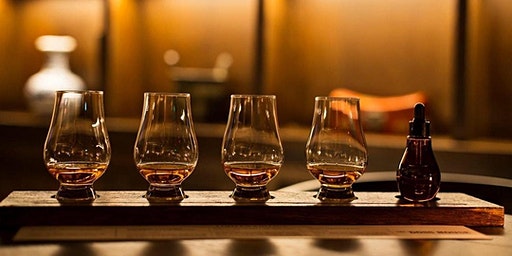
.png?width=75&name=potstill-e1500501269525%20(1).png)
